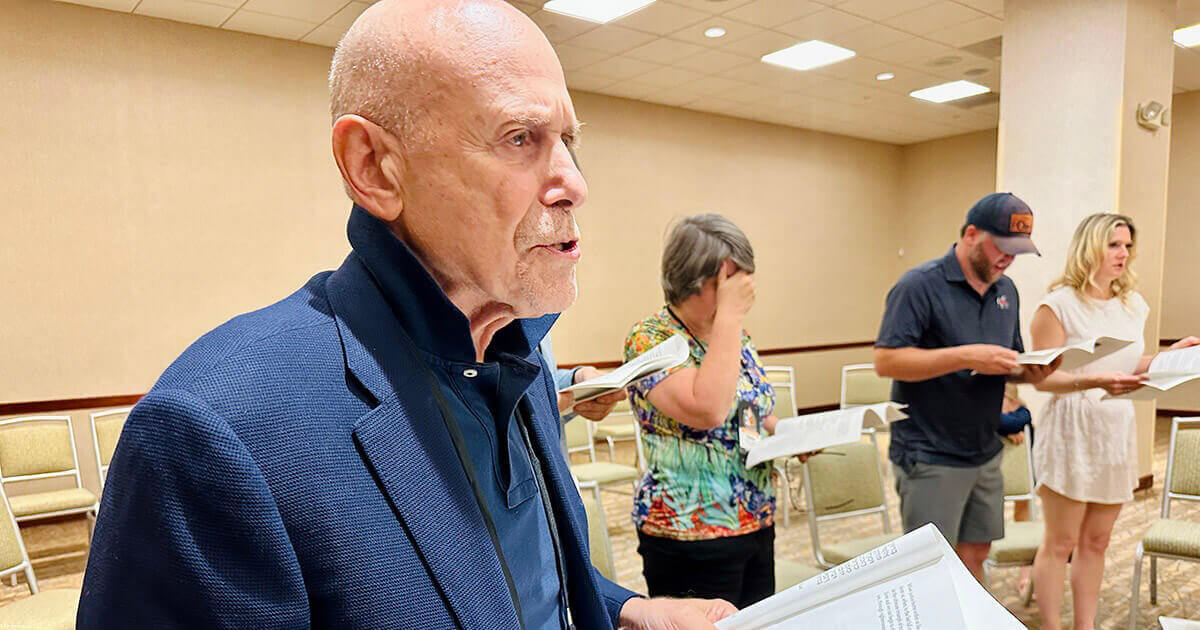BY THE NUMBERS: The Twittersphere of the Trolls

Image by Thinkstock
‘Your clothes will be removed & fumigated. You will be held down and given a bath!,” a Twitter troll tweeted at a Huffington Post journalist, complete with a picture of herself in a gas chamber.
What sounds like an extreme example, is only one of the many attacks on Jews and Jewish journalsits by the “alt-right” during the last months. (To see an interactive time-line of this targeted harassment, click here.)
@GlennThrush @politico read your white bashing article. The gigs up you filthy kike, the goyim know everything
— Deplorable Goyim (@ThatExLiberal) September 13, 2016
Through statements and policy proposals tinged with racism — such as advocating a ban on Muslims entering the country, and saying many Mexican immigrants are drug dealers and rapists — Trump has become a favorite of white nationalist groups and provided an unprecedented platform for their views.
“It’s pretty substantial, what’s out there,” said Todd Gutnick, a spokesman for the Anti-Defamation League (ADL), which in June created a task force to document attacks on journalists, and analyze the size of the “alt-right” movement.
The ADL is planning to release a detailed report on their findings in October.
In the meantime, we have collected some numbers that showcase the scope of “alt-right” activity on social media, including Twitter trolls.
250,000 anti-Semitic posts are made public across social media platforms every year
The United Nations reported during a recent conference that deals with digital anti-Semitism.
63 percent of all anti-Semitic tweets are calls for violence against Jews
Israel’s ambassador to the United Nations, Danny Danon, said this during the same UN conference.
Stephen Pollard, the editor of the Jewish Chronicle, receives 20-30 anti-Semitic Twitter messages per day
“And that’s after I have blocked over 300 different tweeters – a number that increases every day,” he wrote at the end of July.
The Global Forum for Combating Antisemitism (GFCA) tracked 2,000 anti-Semitic posts on Twitter, Facebook and YouTube over a period of 10 months. During that time, only 20 percent were removed by the social media sites.
The report for the Israeli Government led forum was produced by the Online Hate Prevention Institute (OHPI) in Australia and published in the report “Report on Measuring the Hate The State of Antisemitism in Social Media” in February. “This demonstrates a significant gap between what the community understand to be antisemitic, […] and what social media platforms are currently willing to remove,” they wrote regarding the the fact that 80 percent of all anti-semitic posts they reported remained online.

This graphic from the report, shows how many of the reported anti-Semitic postings remained online.
OHPI doesn’t have the funds to repeat their data analysis for the ongoing election cycle, but they “have been seeing the increase in online antisemitism, and expect it to increase in the near future.”
“The problem is particularly acute in the pro-Trump camp where the campaign has attacked the legitimacy of Clinton as a candidate,” Andre Oboler, the author of the report, told the Forward.
“The rise in hate undermines freedom of the press and the fundamentals of democracy as some are pressured into silence. Journalists, and particularly Jewish journalists, are a significant target of the new political intolerance.”
Israeli group has removed over 40,000 anti-Semitic YouTube videos in two years
Started in 2013, They Can’t is a group of grassroots activists that flag hateful content from sites like YouTube and Facebook. “Most of the content is coming from far right activists in the US,” Eliyahou Roth,the group’s founder, told the Forward. “I believe that there is a few thousands account sharing these content, and probable a few hundred thousand videos like that on Youtube.”
Jewish journalist Bethany Mandel had to block 500+ Twitter accounts
Mandel is a conservative journalist who wrote an op-ed for the Forward about her decision to buy a gun after becoming the victim of Twitter trolls. She told the Forward that she had to block over 500 accounts, and that she suspects many of these accounts are based in Russia. “The volume of tweets I got made it seem coordinated in some fashion. It would come in intense waves,” she said.
Lilly Maier is a news intern at the Forward. Reach her at [email protected] or on Twitter at @lillymmaier
A message from our editor-in-chief Jodi Rudoren

We're building on 127 years of independent journalism to help you develop deeper connections to what it means to be Jewish today.
With so much at stake for the Jewish people right now — war, rising antisemitism, a high-stakes U.S. presidential election — American Jews depend on the Forward's perspective, integrity and courage.
— Jodi Rudoren, Editor-in-Chief























